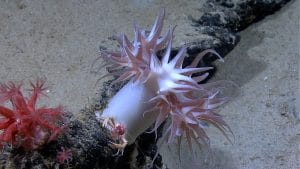
Anemone Barrens In The Galapagos
December 2003 NOTICIAS DE GALAPAGOS 62 A NEW RECORD OF ANEMONE BARRENS IN THE GALAPAGOS By: Thomas. A. Okey, Scoresby. A. Shepherd, and Priscilla C.

December 2003 NOTICIAS DE GALAPAGOS 62 A NEW RECORD OF ANEMONE BARRENS IN THE GALAPAGOS By: Thomas. A. Okey, Scoresby. A. Shepherd, and Priscilla C.
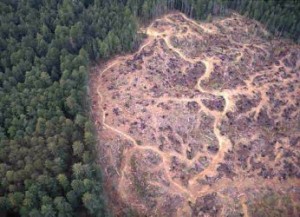
The primary threat to the world’s biodiversity is habitat destruction, sometimes referred to habitat loss. Habitat loss alters or eliminates the conditions needed for plants
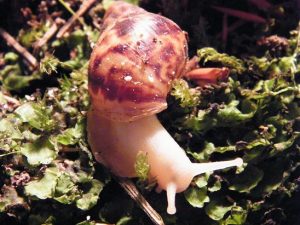
[et_pb_section bb_built=”1″][et_pb_row][et_pb_column type=”4_4″][et_pb_text] Invasive species have been recognized globally as a major threat to biodiversity as well as to agriculture and other human interests. It

Global warming refers to the effect on the climate of anthropogenic activities, in particular the burning of fossil fuels (coal, oil and gas) and large-scale
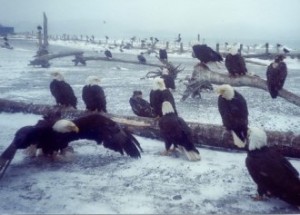
What is it about bald eagles (Haliaeetus leucocephalus) that catches the eye of people? Is it simply their size or striking appearance? Is it the
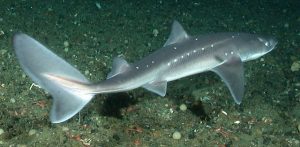
Alaska Shark Assessment Program In 1999 Bruce Wright created the Alaska Shark Assessment Program in response to many reports, mostly from fishermen, that sharks abundances

White-tailed kites, Elanus leucurus, once ranged from Georgia to Florida, across the southern United States and northern Mexico, to California and Oregon. The population was

As their name suggests, spiny dogfish sharks (Squalus acanthias) have sharp spines in front of each dorsal fin. Their bodies are dark gray above and
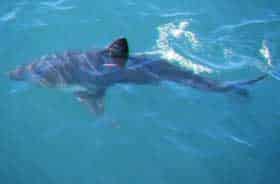
Salmon sharks (Lamna ditropis) are large, powerful, warm-bodied (endothermic), and streamlined predators adapted for high-speed swimming. Reports from the U.S. Navy have clocked salmon sharks

Pacific sleeper sharks (Somniosus pacificus) range from the Chukchi Sea, East Siberian and Beaufort seas, to the Bering Sea and in the Pacific Ocean to





